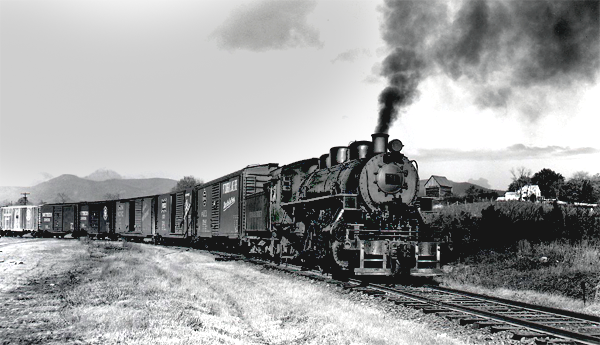
© Steven P. Hepler 2012

For 65 years a railroad that at one time measured but 16 miles in length, made its way through the foothills of the Blue Ridge Mountains in Nelson County in central Virginia. On this railroad during the 1950’s and early-1960’s ran five, well-maintained coal-burning steam locomotives that incredibly, escaped the scrapper’s torch by what can only be described as sheer luck. Today, two of the steam locomotives of the fabled Virginia Blue Ridge Railway (VBR) survive at the Whippany Railway Museum in Northern New Jersey, while a third one is preserved in South Jersey.
“Th’ Blue Ridge” as the VBR was known by the locals, was a unique shortline railroad nestled deep in the rolling hills of its namesake mountain range. Its stable of steam locomotives shunted and moved freight over the thickly forested mountains and valleys between the tiny hamlets of Tye River, Piney River and Massies Mill, VA.
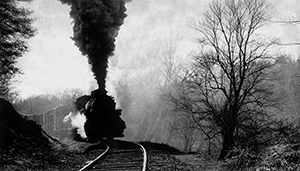
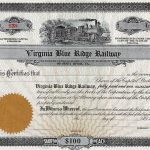
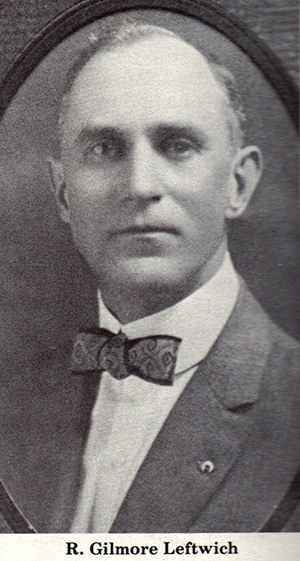
The Virginia Blue Ridge Railway was incorporated on May 22, 1914 and was originally built to haul American Chestnut timber out of the Piney River area for two lumber companies, the Tye River Timber Company and the Leftwich Timber Company. Both firms recognized the need for access to markets along the east coast, thereby requiring a local railroad to connect the mills with the sprawling Southern Railway (SR) at the village of Tye River. New York timber entrepreneur John W. Powell and Virginia businessman R. Gilmore Leftwich were the individuals who in 1912, first envisioned the building of the mills, and also promoted the construction of a railroad to haul the finished product to market.
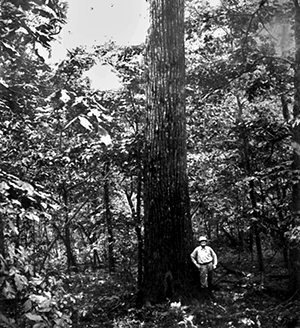
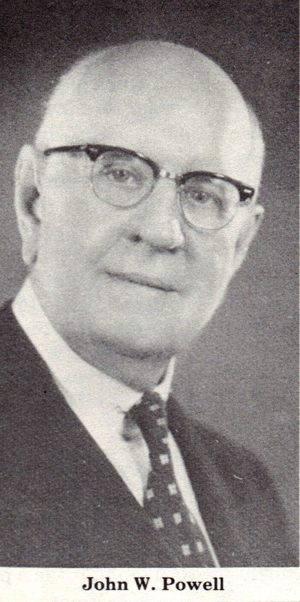
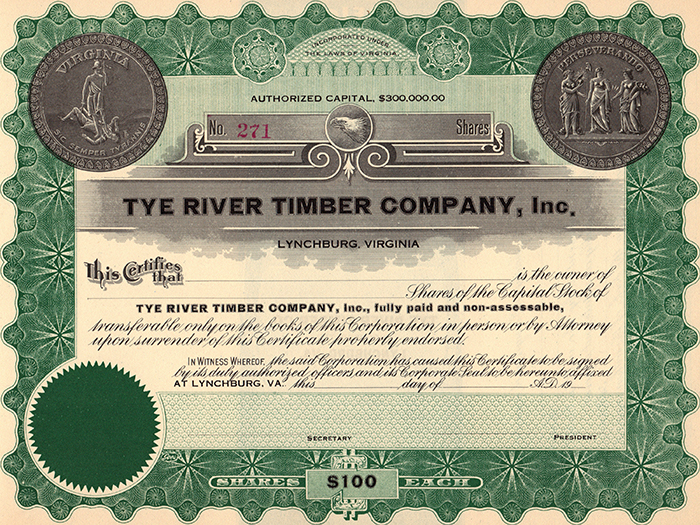
The Tye River Timber Company (TRT) was a Virginia Corporation that owned the rights to 11,000 acres of timber in the Cub Creek area, which the TRT later sold to the Bee Tree Lumber Company (BTL). This land was estimated to contain at least 100 million board feet of poplar, chestnut and oak timber.
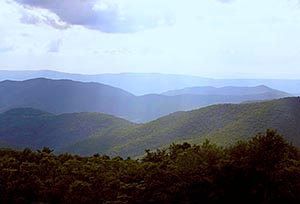
BTL was created to run the Massies Mill timber operation and its companion bandsaw mill. Bee Tree Lumber Company was a West Virginia Corporation that ceased operations in 1922 after all the timber had been harvested from Cub Creek.
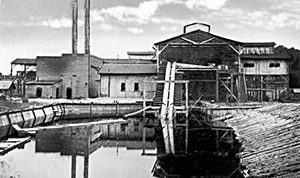
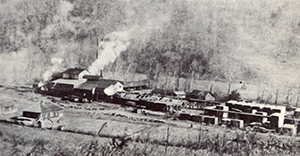
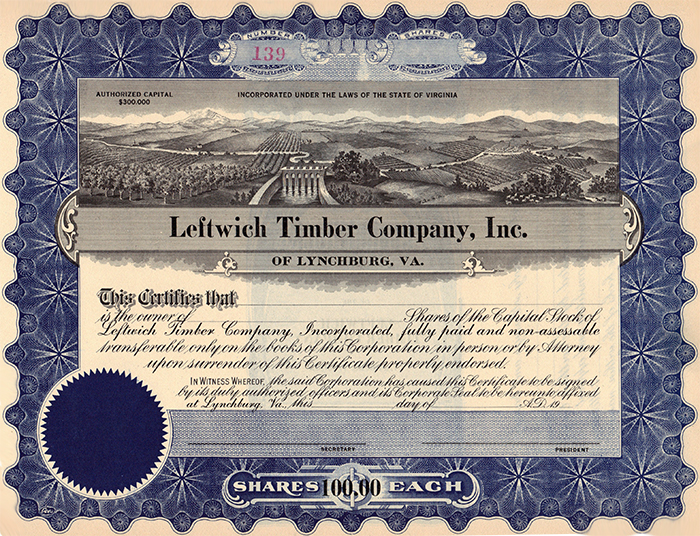
The Leftwich Timber Company (LTC) was a second holding company formed to secure timber rights and arrange with another company to construct a band mill to produce the lumber. The LTC owned timber rights to about 12,000 acres of land. In 1915 a modern bandsaw mill was set up at Woodson, VA to produce fresh cut lumber from the harvested timber.
The initial laying of ten miles of track that would become the rail line that would serve the mills began at Tye River in January 1915 and followed the Tye River itself westward to a point where the line crossed the river at its confluence with the Piney River. The railroad was soon completed to Piney River, though very haphazardly. Legend has it that land owners would talk the VBR’s purchasing agent out of pieces of property that the construction engineers had surveyed as the preferred route. Later still, it is said that the construction crews were directed by their foreman to build the tracks where he thought they should go, not where the route was laid out by the surveyors or where the actual purchases of land had been obtained. The slipshod construction of the early VBR was to be the cause of many derailments some years later when the hastily-laid crossties began to rot.
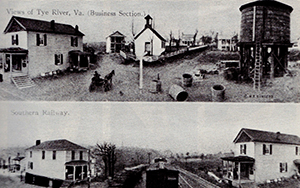
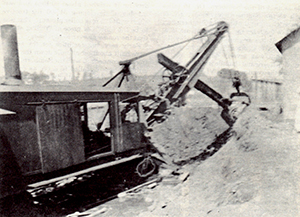

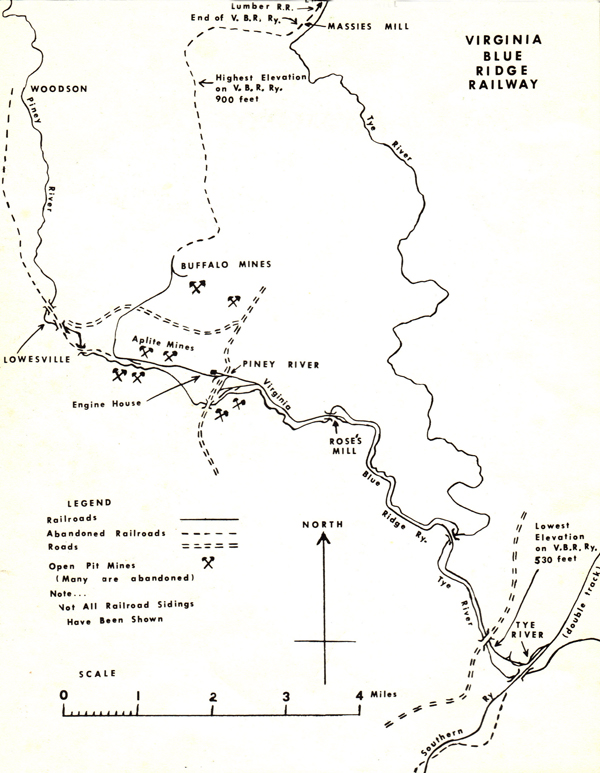
In 1916, a six mile extension was constructed to Massies Mill, VA where the railroad set up its company office and shop. The line later branched out to Lowesville, VA and into the mountains. At the height of its existence the VBR served the rural towns of Massies Mill, Lowesville, Woodson and Piney River…all located in Nelson County, as well as Roses Mill in Amherst County.
With the construction of the railroad complete, there was a great urgency to get timber crews up into the forests. A devastating chestnut blight that had its origins in 1904 on Long Island, NY had killed off nearly all the living chestnut trees throughout the Northeast as well as on the mountains of Virginia. The lumberjacks quickly worked the dying forests in order to harvest the timber before it could deteriorate further.
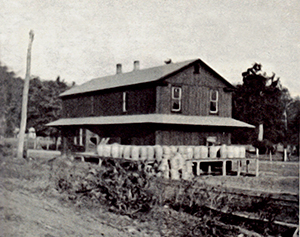
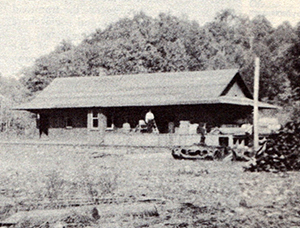
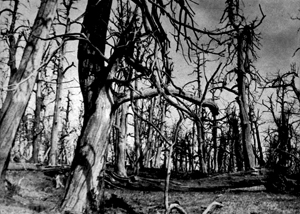
In December 1917, when all of America’s railroads were nationalized during World War I, the two lumber mills at Woodson and Massies Mill were declared non-essential to the war effort and the Virginia Blue Ridge Railway was shut down until after the Armistice was declared in November 1918.